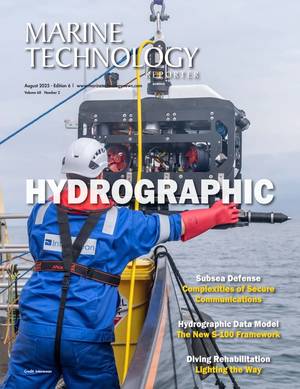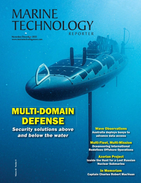One Fish, Two Fish
Aquaculture plays an important role for the world, feeding billions around the planet. As the climate changes, fish stocks decrease and migrate to warmer waters, threatening species and global food security. Companies are adapting their technologies to combat these issues, including developing solutions to provide farmers with insight on fish health and welfare, encouraging sustainable farming practices, and adjusting to climate impacts.
FiiZK
FiiZK specializes in closed fish farming technology in sea, and specifically in post smolt (salmon) production facilities. They provide a complete solution for the fish farmer/operator by integrating various technologies to secure fish welfare through high quality water free from sea lice/other parasites, predators and shelter for juvenile salmon.
The FiiZK Protectus is a steel floating collar which supports a closed containment bag and a net. This gives two barriers to prevent fish escape from the facility. Water is collected form a depth of at least 25, and circulated in the system through six water inlets. The full water volume is 30,000 cubic meters and is replaced every 72 minutes.
The water circulation systems secure a good production environment free from sea lice and parasites, jellyfish, other predators. It also reduces the risk of contamination and diseases. The water is also monitored for temperature, salinity and oxygen saturation.
At the bottom of the bag is a water outlet system, where sludge and feces can be collected. The sludge is transport through the sludge handling system to another system for handling, storing and disposal.
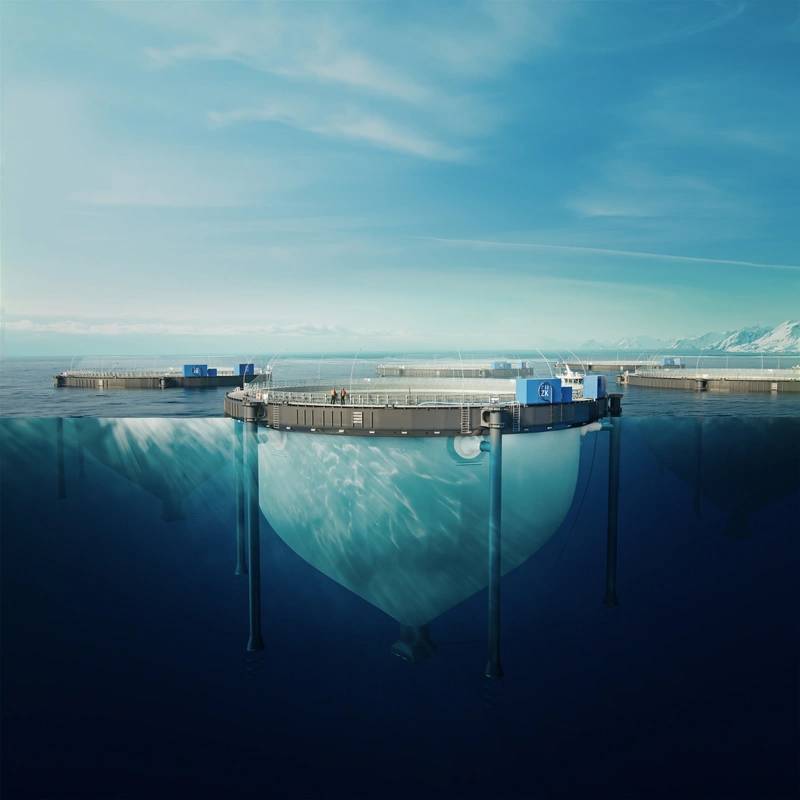 FiiZK Protectus. Credit: FiiZK
FiiZK Protectus. Credit: FiiZK
Aquabyte
Aquabyte provides AI and camera-based decision support for fish farming of salmonides. Their system leverages AI and machine learning to deliver real-time data for fish farmers while reducing the amount of physical handling of the fish. They provide data on fish weight and growth, welfare indicators such as skin health and fin damage, and data on the behavior of the fish in the pen.
Aquabyte's camera-based monitoring of welfare and behavior plays a crucial role in submerged production, where it is otherwise challenging to observe the fish. A key component of Aquabyte's behavior module includes monitoring the fish's swim speed.
"Stress can be caused by poor oxygen levels, but also by intruder fish, algal blooms, or boats passing too close to the pen. With our behavior monitoring, farmers get hourly updates on swim speed," said Kristin Aase, insight manager. "Having clear insight into the fish’s stress level is crucial before making decisions about delousing, population splitting, or harvest timing."
Breathing index is also an important indicator of a fish's health. "There is a clear correlation between low oxygen levels and a high breathing index. But it’s when oxygen levels remain consistently high and the breathing index still increases that warning lights should go off," Aase explained. "A high breathing index in oxygen-rich water may indicate health-related issues in the fish – most likely linked to gill health. In such cases, behavior monitoring functions as a vital early warning system."
Aquabyte's technology also automatically counts sea lice, enabling farmers to better monitor levels and take preemptive measures when needed, thus reducing the total impact of lice treatments.
Their newest modules on short term planning and feeding are in development and beta-testing.
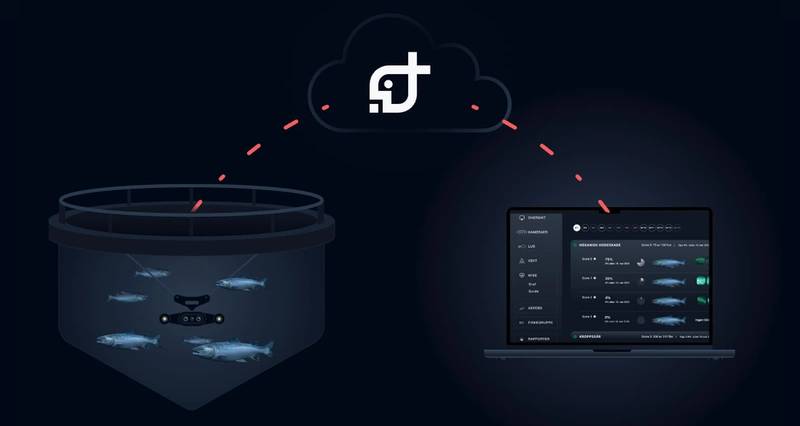 Aquabyte processes data through AI and machine learning. Credit: Aquabyte
Aquabyte processes data through AI and machine learning. Credit: Aquabyte
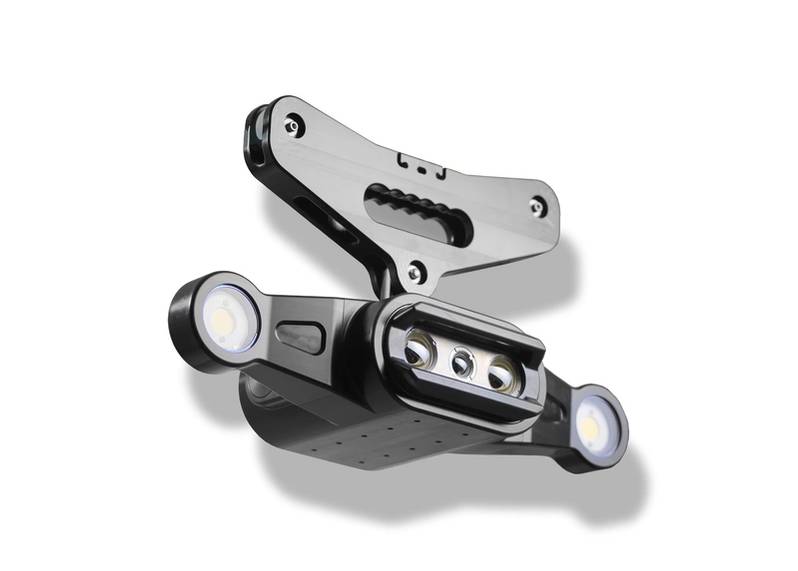 Aquabyte Hammerhead camera. Credit: Aquabyte
Aquabyte Hammerhead camera. Credit: Aquabyte
FP AQUA
FP AQUA develops underwater monitoring technologies for the aquaculture industry, focusing on tools that provide fish farmers with real-time insight into biological risks for aquaculture, such as harmful jellyfish and phytoplankton. Combining imaging hardware with AI-driven analytics allows for the potential to strengthen fish health, reduce risk, and improve sustainability in aquaculture operations by giving farmers time to act before damage occurs.
Their technology is an underwater microscope with integrated AI designed to detect jellyfish and phytoplankton in aquaculture facilities. Certain jellyfish species can pose significant threats to farmed fish.
Unlike traditional monitoring tools, which rely on manual water quality sampling, their system can capture high-resolution images of microscopic organisms directly in the marine environment, before they attach or go near the fish. AI then analyzes these images in real time, detecting the presence of jellyfish and even distinguishing between species.
“Designing a microscope for depths of up to 200 meters meant tackling saltwater corrosion, pressure and biofouling,” explains Knud Poulsen, FP AQUA’s technical lead. “We solved this with marine-grade aluminum housing, quartz glass windows, and integrated UV-C illumination, a germicidal wavelength that stops microorganisms from attaching to the glass. This keeps the optics clear and extends deployment time.”
While FP AQUA's current focus is on the Atlantic salmon sector, potential for the technology ranges. Beyond farm management, it could contribute to the broader monitoring of Norway’s coastal waters. From a regulatory perspective, the system may one day provide continuous documentation of events such as sea lice escapes from aquaculture sites, while for research, it could generate long-term datasets on phytoplankton dynamics and biodiversity in Norwegian coastal waters.
“The images we analyze daily for AI training reveal far more than just harmful species of interest,” says Zandra Maria Skandrup Sigvardt, lead biologist at FP Aqua. “We also detect a wide variety of other taxa, including crustaceans, echinoderms, polychaetes, and marine snails. These findings could provide valuable insights into ocean health, biodiversity, and long-term ecosystem monitoring.”
FP AQUA’s technology is currently being piloted with leading salmon farmers.
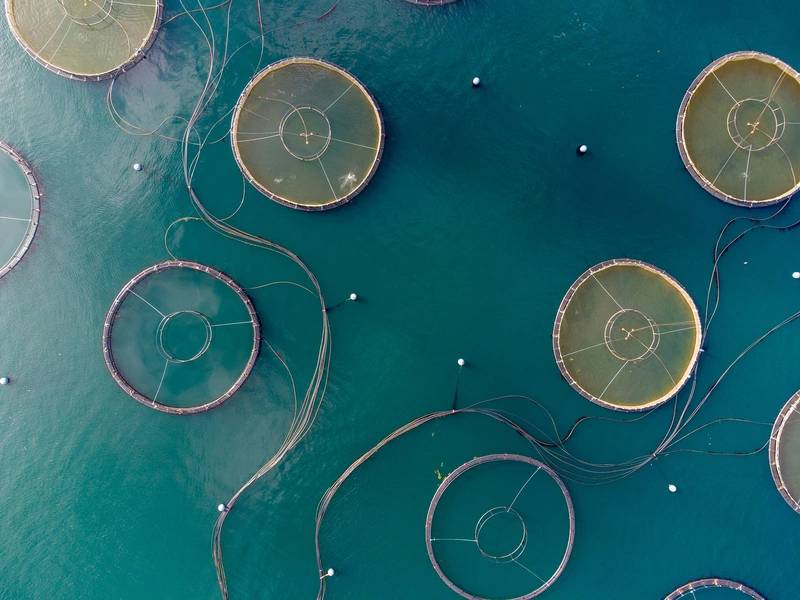 FP AQUA develops monitoring tools for aquaculture. Photo by Callum Stewart on Unsplash.
FP AQUA develops monitoring tools for aquaculture. Photo by Callum Stewart on Unsplash.
Ace Aquatec
Ace Aquatec focuses on creating welfare-first products to make fish farming and marine industries more efficient and sustainable, backed by blue growth fund Aqua-Spark, Chroma Ventures, deep tech fund Earth Capital, Stolt Ventures and Scottish Enterprise.
Ace Aquatec’s A-BIOMASS is an underwater AI camera that transforms the way farmers monitor their fish. With millimeter accuracy, it provides real-time insights into fish biomass measurements and distribution in a pen, and individual fish status and performance, avoiding the need for handling or manual intervention which can cause stress.
Using stereoscopic imaging and advanced machine learning, the A-BIOMASS can record tens of thousands of fish measurements daily, giving farmers access to precise, high-volume, quality data which helps optimize feed conversion, grading regimes and growth rates.
It also helps farms effectively monitor fish welfare, prevent mortalities, and provide transparency and traceability throughout the fish lifecycle. Developed for the harshest environments, the marine grade system is lightweight at 8.5kg and easy to deploy.
Ace Aquatec’s Humane Stunner Universal (A-HSU) delivers a rapid, humane, stress-free and safe method of fish stunning, ensuring compliance with the highest welfare standards set by regulators and retailers.
The system works by gently pumping fish into the unit, where they are briefly dewatered before entering the electrified stun tube. Inside, 100% of fish, regardless of size, are stunned within one second, minimizing handling and stress before slaughter.
Designed for versatility, the A-HSU is compatible with a wide range of species including salmon, trout, cod, yellowtail, sea bass, sea bream, and shrimp. It can be installed in processing facilities, RAS farms, and even on vessels or rafts for dead haul.
Ace Aquatec recently collaborated with Philosofish, one of Greece’s leading fish farming companies and the second biggest Greek producer of Mediterranean fish. Philosofish wanted to uphold the highest fish welfare standards and to provide an easier harvesting process for its staff. The producer’s goal was to invest in the future of fish farming and to transform their boats into harvesting vessels.
Ace Aquatec installed the A-HSU on Philosofish boats. The first was fitted to an existing boat in Rhodes, which was repurposed to accommodate the equipment. The second stunning system was incorporated into a new boat that was built, designed, and constructed by Stamatiou Aquaculture in collaboration with Ace Aquatec.
After installation, fish appeared to have less skin damage and the system seems to have increased the fish quality and freshness. The producer also highlighted the easy installation and maintenance of the system.
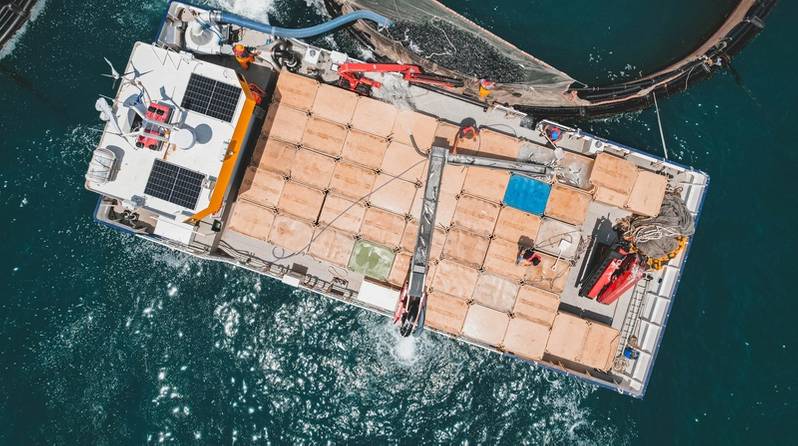 Ace Aquatec’s Humane Stunner Universal (A-HSU). Credit: Ace Aquatec
Ace Aquatec’s Humane Stunner Universal (A-HSU). Credit: Ace Aquatec
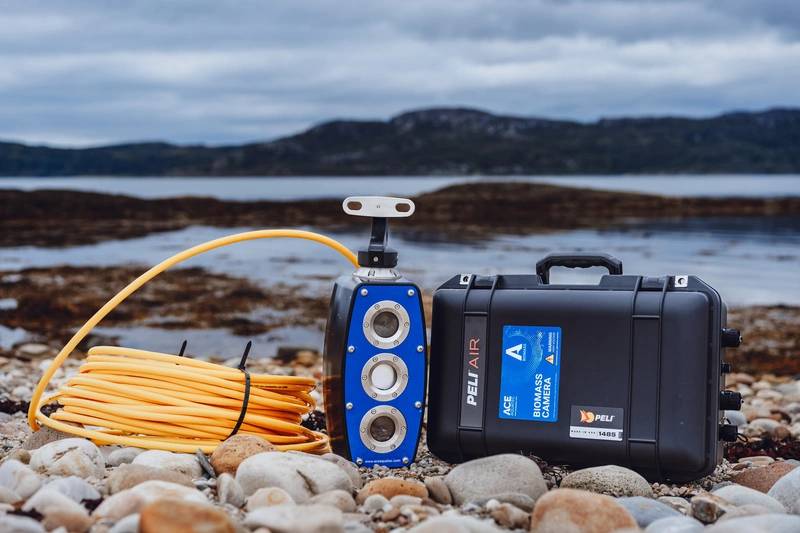 Ace Aquatec’s A-BIOMASS camera. Credit: Ace Aquatec
Ace Aquatec’s A-BIOMASS camera. Credit: Ace Aquatec
Innovasea
Innovasea designs aquatic solutions for fish farming. Within the aquaculture division, they focus on creating full end-to-end solutions that deliver real-time visibility into all farm aspects.
Innovasea’s aquaMeasure solution offers real-time updates for instant visibility into changing water conditions. Leveraging this setup, farms gain a solution to track conditions impacting fish health and growth, including temperature, dissolved oxygen (DO) levels, salinity, and turbidity.
The data is then sent to their cloud-based aquaculture platform, Realfish Pro, where it can be viewed in real-time.
Innovasea’s AI-powered biomass solution automates the sampling process using the BiomassPro camera, which is wireless and battery operated, and uses stereoscopic imaging with AI to estimate the size and weight of fish stocks. Today, Innovasea offers biomass algorithms for seven species: Atlantic salmon (Salmo salar), cobia (Rachycentron canadum), European sea bass (Dicentrarchus labrax), gilthead seabream (Sparus aurata), king salmon (Oncorhynchus tshawytscha), red snapper (Lutjanus peru), and yellowtail (Seriola rivoliana).
Innovasea collaborated with New Zealand King Salmon, the largest producer of farmed King Salmon – supplying over 50% of the world’s species. New Zealand King Salmon routinely tracks fish growth to meet critical production benchmarks in advance of each harvest. Doing so requires meticulously tracking their different strategies of fish across numerous sites.
Previously, New Zealand King Salmon relied on a hard-wired biomass camera technology. Using Innovasea’s BiomassPro camera resulted in:
- Precise forecasting: 97% biomass accuracy allowed New Zealand King Salmon to track progress and streamline logistics.
- Improved efficiency: The lightweight, battery-operated camera autonomously monitors fish growth and can be moved quickly from pen to pen with no requirement for hard-wired deployment in the marine environment.
- Optimized production: Improved data collection and processing makes it easy to track performance and address areas of concern
- Faster data collection: Automatic data collection and biomass analysis allows the team to set up and collect data in just 15 minutes each day.
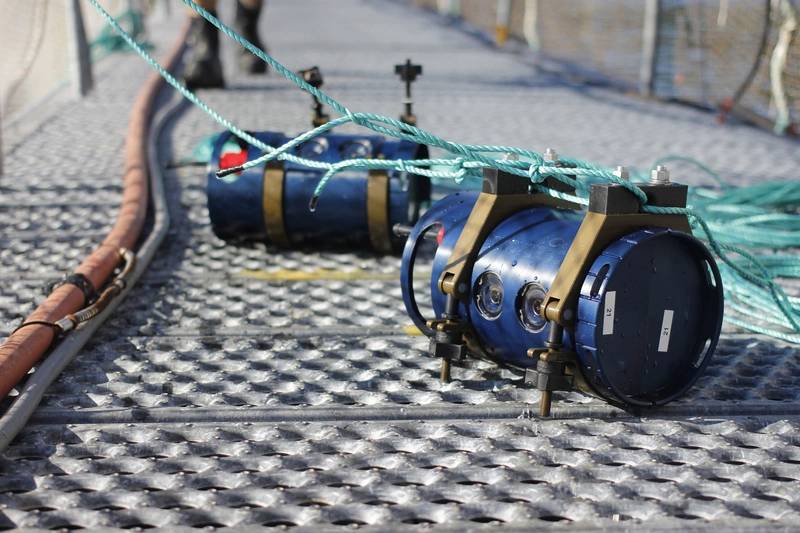 Innovasea’s BiomassPro camera. Credit: Innovasea
Innovasea’s BiomassPro camera. Credit: Innovasea
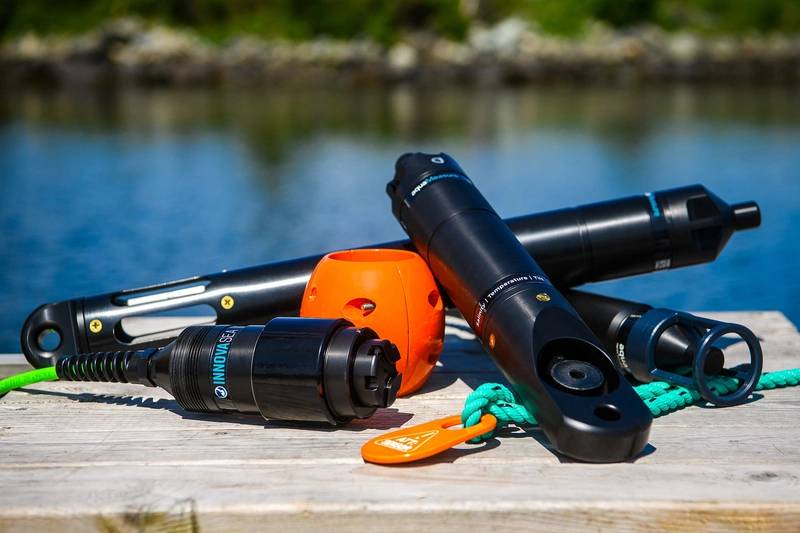 Innovasea’s aquaMeasure sensors. Credit: Innovasea
Innovasea’s aquaMeasure sensors. Credit: Innovasea
As waters warm and food security needs evolve, aquaculture companies are well placed to be at the forefront of technological advances. Solutions to better support the welfare of fish, broaden farming scope, and adjust to a shifting climate are necessary to feed the world in a sustainable and humane way.


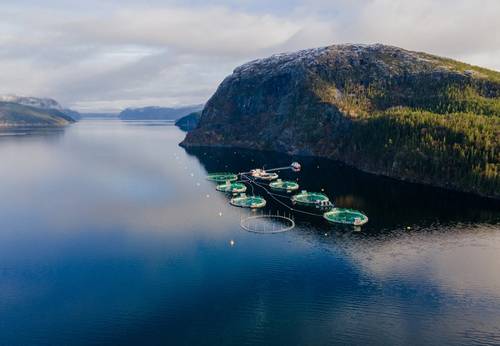
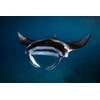
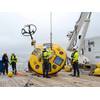
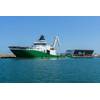

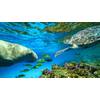
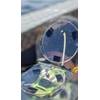





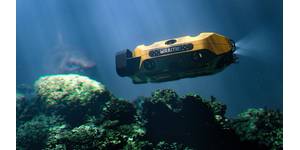
 August 2025
August 2025
